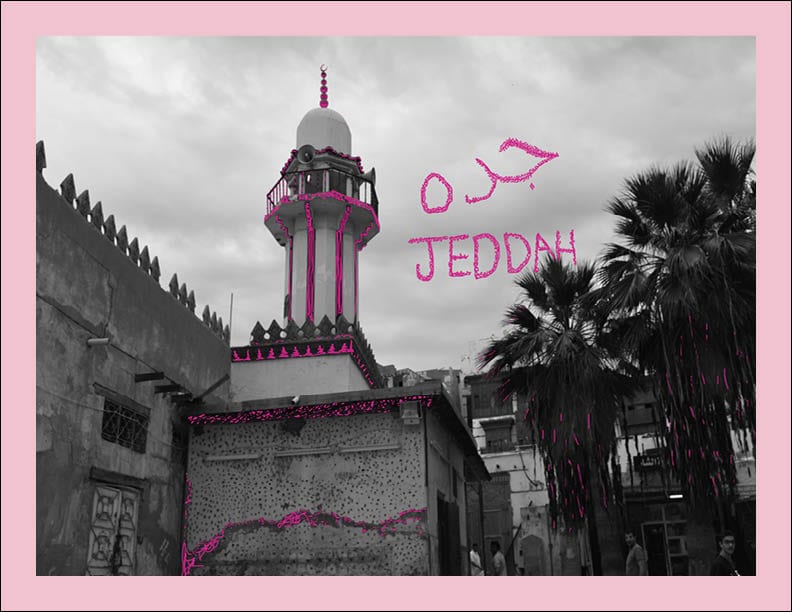“It became real to me once they took me in. Sitting on the cold, metal chair in the religious police station (known in Saudi Arabia as Al-Hay’a), I contemplated what I had done wrong. Although I wasn’t arrested, I had to watch as they deleted every picture that I had spent the last few weeks compiling, meticulously capturing every perfect shot, every poignant moment. Moreover, the only way I could get my camera back was by offering them a generous bribe. Even then, I still had to admit, after a lengthy admonishment, that what I did was wrong. It wasn’t until the car ride home that I realized it wasn’t me who was wrong. It was them. It was society itself – the only one I knew. How could the most meaningful aspect of my life – capturing the beauty around me – be considered a crime?
This situation was a reflection on Saudi society’s mentality and how young men are constantly discouraged from artistic endeavors. In my adolescence, I continuously forced myself to pursue numerous sports and indulge in traditionally male activities. The self-inflicted pressure started to affect me deeply. I lived my life in fear of how society might perceive me. Every time I took on a non typically masculine interest, I was made to feel feminine, as if what is female is negative – a perception symptomatic of a male-dominated society. But in such a society, if art is feminine, and what is feminine is negative, then where does that leave art? How is this society a continuation of the same culture that, over a thousand years ago, produced such artistic and architectural feats as the Andalusian palaces of Al-Hambra and Madinat Al-Zahrah? How can that medieval society be more innovative and artistically sophisticated than the one I live in today?”
This short reflection on my society was the catalyst to starting this project. As a kid dabbling in art I always felt like I was discriminated against solely because I did art. I started to question gender roles, the roles of women and everyone in my society who felt held back solely because of their gender.By hand drawing pink illustrations and in some cases adding pink text I wanted the color pink to be a symbol for femininity and tell the story of how it is growing up in a conservative society and the progression that is slowly occurring in my society.
